Brown Bear
- January 11, 2024
- 0 comment
The brown bear, scientifically known as Ursus arctos, stands as an emblem of wilderness majesty. These large mammals, with fur shades ranging from light brown to nearly black, command attention with their size and strength. Found in diverse habitats across the Northern Hemisphere, brown bears exhibit remarkable adaptability, from dense forests to tundra regions. With a varied diet encompassing berries, fish, and small mammals, their omnivorous behavior contributes to their survival in different ecosystems.
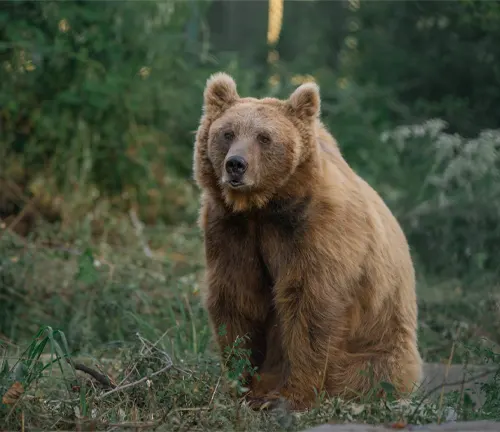
These creatures hold not just ecological significance but also cultural importance, featuring prominently in myths, legends, and rituals across various indigenous communities. Beyond their powerful physical features, such as the distinctive hump above their shoulders, brown bears engage in complex social behaviors, from solo pursuits to family units during the mating season. However, the increasing human-bear conflicts and habitat threats highlight the need for robust conservation efforts. Understanding their unique adaptations, ecological impact, and role in popular culture allows us to appreciate these majestic beings and work towards a harmonious coexistence.
| Aspect | Details |
|---|---|
| Scientific Name | Ursus arctos |
| Habitat | Diverse habitats including forests, tundra, and mountainous regions |
| Physical Features | Fur color ranges from light brown to almost black |
| Distinctive hump above shoulders for powerful digging and foraging | |
| Size | Males can weigh up to 1,500 pounds |
| Diet | Omnivorous, consuming berries, fish, small mammals, and vegetation |
| Social Structure | Solitary behavior with occasional social interactions |
| Family units during the mating season, with mothers raising cubs | |
| Reproduction | Mating rituals involving complex behaviors |
| Delayed implantation in females for optimal timing of cub births | |
| Species | Various subspecies, including Grizzly bears, Kodiak bears, and European brown bears |
| Geographic Distribution | Found in North America, Europe, and Asia; distribution varies among different species |
| Conservation Status | Faces threats from human-bear conflicts and habitat loss; conservation efforts involve habitat preservation |
| Cultural Significance | Historically significant in various indigenous cultures, featuring in myths, legends, and rituals |
| Adaptations | Remarkable hibernation capabilities for surviving harsh winters |
| Powerful claws and teeth for digging, catching prey, and defense | |
| Ecological Impact | Vital role in ecosystems as seed dispersers, contributing to biodiversity |
| Regulates certain species’ populations through predation |
An In-Depth Exploration

Brown bears, majestic creatures that roam the wilderness, have captivated human interest for centuries. From their physical features to their ecological impact, these magnificent beings are more than just wildlife. In this article, we delve into the intricacies of brown bears, exploring their characteristics, behavior, threats they face, and the conservation efforts in place.
Brown bears, scientifically known as Ursus arctos, are large mammals found in various habitats across the Northern Hemisphere. With distinctive fur shades ranging from light brown to almost black, these omnivores are known for their size and strength.
Understanding the life and habits of brown bears is crucial not only for wildlife enthusiasts but also for conservationists and policymakers. The more we know about these creatures, the better equipped we are to ensure their survival and mitigate human-bear conflicts.
Characteristics of Brown Bears
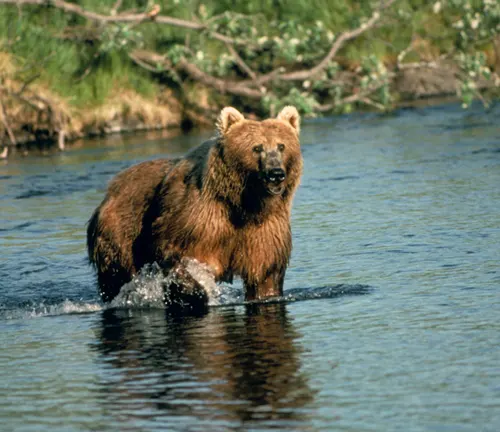
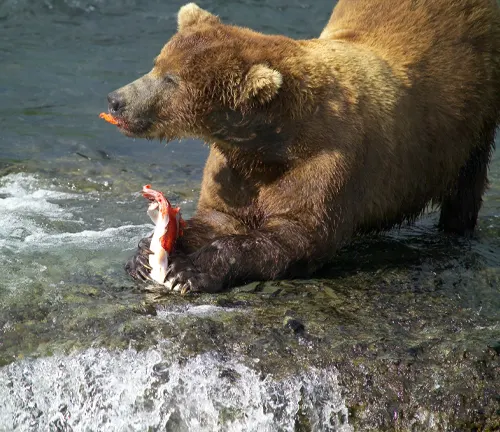
Physical Features
Brown bears boast powerful builds, with males weighing up to 1,500 pounds. Their distinctive hump, a muscle mass above their shoulders, aids in digging and foraging.
Habitat Preferences
From dense forests to tundra regions, brown bears adapt to diverse habitats. Their choice of habitat often depends on factors like food availability and seasonal changes.
Dietary Habits
Brown bears exhibit omnivorous behavior, feasting on a variety of foods, including berries, fish, and small mammals. This adaptability contributes to their survival in different ecosystems.
Brown Bear Species
Different Species of Brown Bears
There are several subspecies of brown bears, each adapted to its specific environment. Grizzly bears, Kodiak bears, and European brown bears are among the most recognized.
Geographic Distribution
Brown bears can be found in North America, Europe, and Asia. Their distribution varies among different species, reflecting the diverse landscapes they inhabit.

Behavior and Social Structure
Solo Behavior
While brown bears are often solitary creatures, they may also engage in social interactions, especially during the mating season.
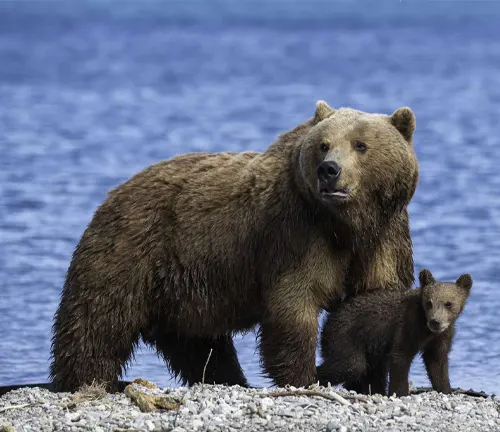
Social Interactions
The social structure of brown bears includes family units, with mothers raising cubs. Understanding these interactions is vital for comprehending their behavior in the wild.
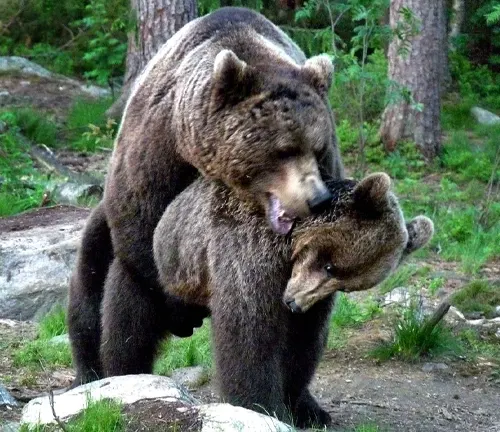
Mating Rituals and Reproduction
Mating rituals involve complex behaviors, and female brown bears exhibit delayed implantation, allowing them to time the birth of their cubs for optimal conditions.
Threats and Conservation Status
Human-Bear Conflicts
As human populations expand, conflicts with brown bears arise. Encroachment into bear habitats and improper food storage can lead to confrontations.
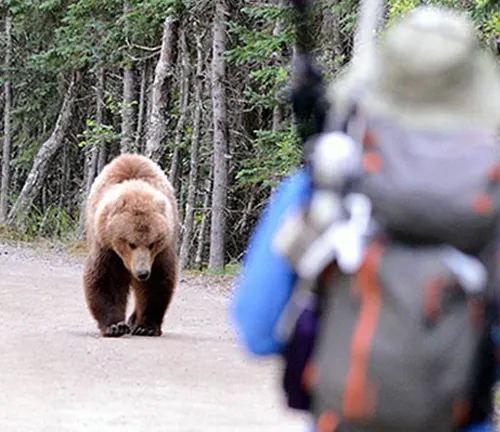
Conservation Efforts
Conservation initiatives aim to protect brown bear populations and their habitats. These efforts involve habitat preservation, public education, and wildlife management.
Current Conservation Status
Despite ongoing efforts, certain brown bear populations face threats, making it crucial to monitor their conservation status regularly.
Interaction with Humans
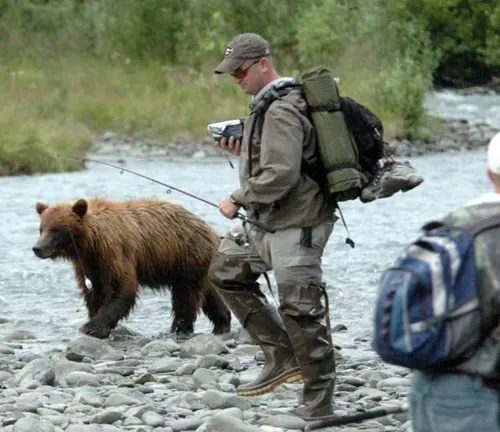
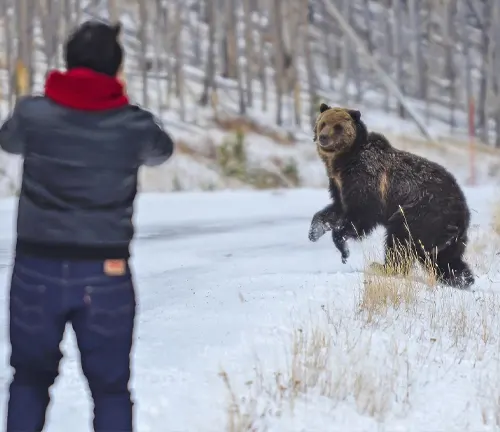
Historical Significance
Throughout history, brown bears have held cultural significance for various indigenous communities, appearing in myths, legends, and rituals.
Coexistence Challenges
Balancing human needs and brown bear conservation is a challenge. Implementing strategies for peaceful coexistence is essential.
Safety Measures
Educating the public on safety measures is crucial to minimizing conflicts. Bear-resistant food storage and proper camping practices help reduce negative interactions.
Brown Bears in Popular Culture
Cultural Significance
Brown bears often symbolize strength, wisdom, and protection in various cultures, contributing to their iconic status.
Representations in Literature and Media
From Aesop’s fables to modern cinema, brown bears have been featured in various forms of storytelling, shaping perceptions and attitudes.
Ecological Impact
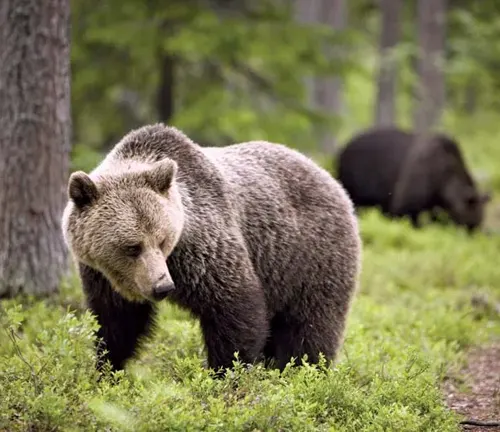
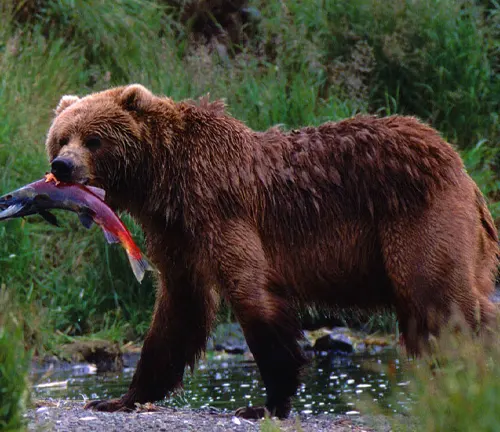
Role in Ecosystems
Brown bears play a vital role in ecosystems as seed dispersers, helping maintain biodiversity. Their predation on certain species also prevents overpopulation.
Impact on Flora and Fauna
The interconnectedness of brown bears with their environment highlights their impact on flora and fauna, showcasing the delicate balance of nature.
Unique Adaptations
Hibernation
Brown bears exhibit remarkable hibernation capabilities, allowing them to survive harsh winter conditions with minimal energy expenditure.
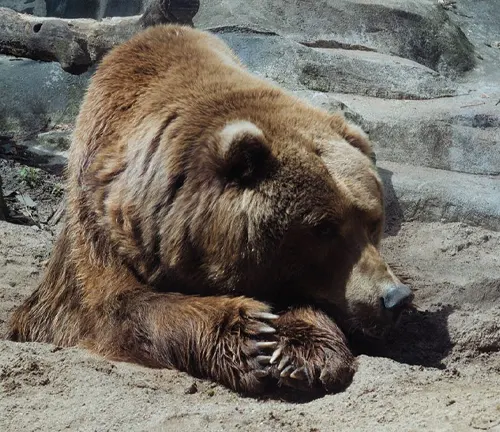
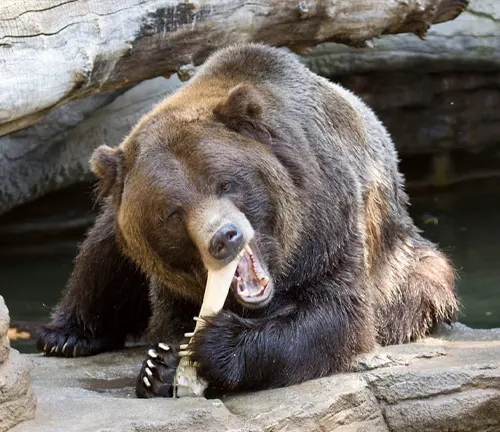
Claw and Tooth Adaptations
Powerful claws and teeth are essential tools for brown bears, aiding in digging for food, catching prey, and defending against predators.
Brown Bears vs. Other Bear Species
Contrasting Characteristics
Comparing brown bears with other bear species reveals distinctive traits, such as size, coloration, and habitat preferences.
Geographic Distinctions
Understanding the geographic distribution of different bear species provides insights into their evolutionary adaptations to specific environments.
Human-Brown Bear Conflicts
Causes of Conflicts
Human-bear conflicts often arise from habitat loss, food scarcity, and unintentional human behaviors. Identifying the root causes is crucial for effective mitigation.
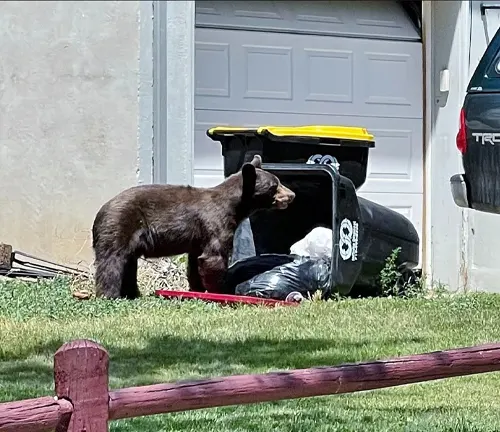
Mitigation Strategies
Implementing strategies like bear-resistant containers, habitat conservation, and community education can reduce conflicts and promote coexistence.
Captive Brown Bears
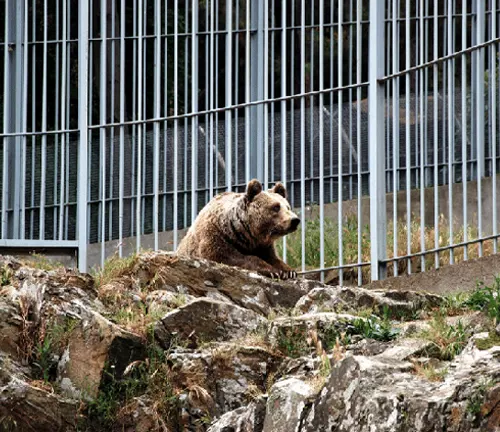
Zoos and Sanctuaries
Captive environments provide opportunities for education and research, but they also pose challenges related to the well-being of the bears.
Challenges of Captivity
Issues like space limitations, mental stimulation, and health concerns highlight the ethical challenges associated with keeping brown bears in captivity.
Tourist Attractions and Brown Bears
Bear Watching Tourism
The popularity of bear watching has increased, raising questions about ethical tourism practices and their impact on bear behavior.
Ethical Considerations
Balancing the desire for close encounters with ethical considerations for wildlife welfare is crucial in bear-related tourism.
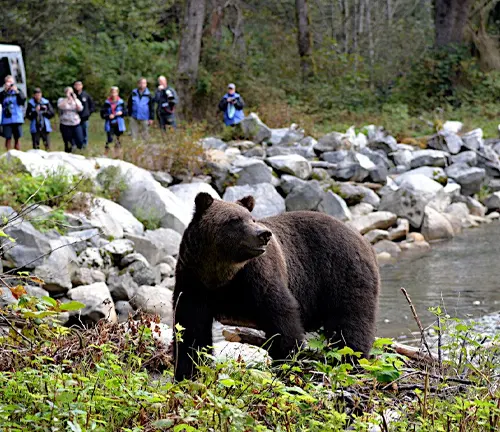
Future Prospects for Brown Bears
Conservation Challenges
Ongoing conservation challenges include habitat degradation, climate change, and the need for international cooperation to protect brown bear populations.
Technological Advancements in Monitoring
Emerging technologies, such as GPS tracking and remote sensing, contribute to more effective monitoring and research on brown bears.
Different Species
Grizzly Bear
(Ursus arctos horribilis)
Habitat: North America, including the western United States, Canada, and Alaska.
Characteristics: Often characterized by a distinctive hump on their shoulders and a silver-tipped fur on their backs.
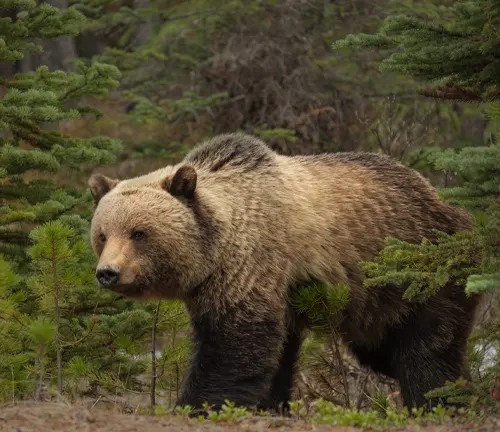
Kodiak Bear
(Ursus arctos middendorffi)
Habitat: Kodiak Archipelago in Alaska.
Characteristics: Considered the largest subspecies of brown bear, with some individuals reaching impressive sizes.
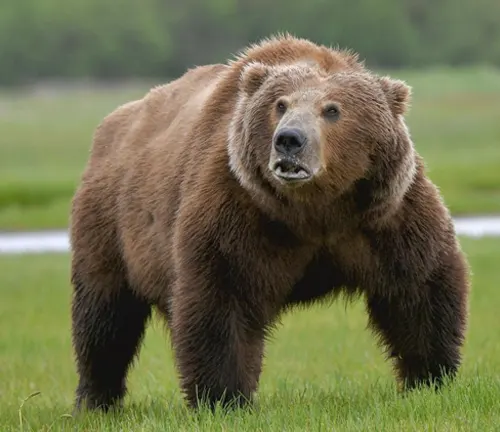
European Brown Bear
(Ursus arctos arctos)
Habitat: Europe, including parts of Scandinavia, Russia, and the Carpathian Mountains.
Characteristics: Varied in size and color, ranging from light brown to dark brown.
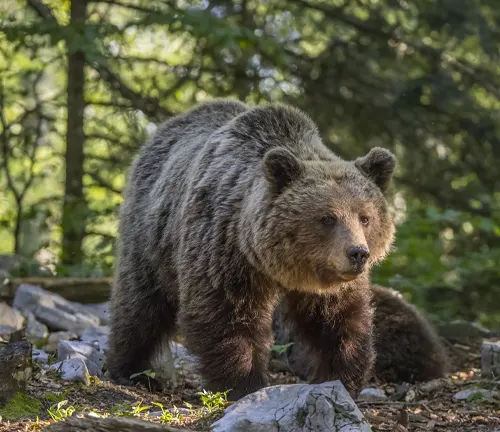
Siberian Brown Bear
(Ursus arctos collaris)
Habitat: Siberia and parts of eastern Russia.
Characteristics: Adapted to cold climates, with a dense fur coat and a robust build.
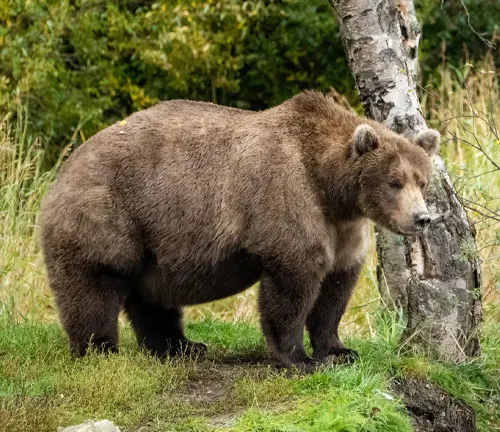
Himalayan Brown Bear
(Ursus arctos isabellinus)
Habitat: The Himalayan region, including parts of India, Nepal, and Pakistan.
Characteristics: Lighter in color, often with a creamy or pale fur coat, and adapted to high-altitude environments.
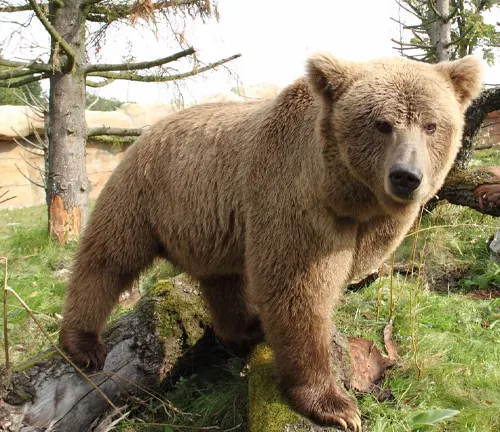
Syrian Brown Bear
(Ursus arctos syriacus)
Habitat: Parts of the Middle East, including Syria and Iran.
Characteristics: Smaller in size compared to other brown bear subspecies, with a distinctive appearance.
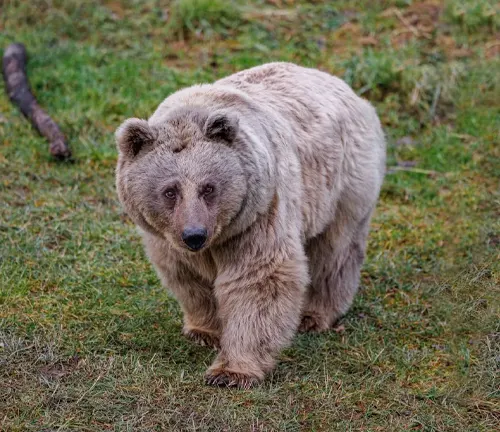
Frequently Asked Questions (FAQs)
- What is the average lifespan of a brown bear in the wild?
Brown bears typically live 20 to 30 years in the wild, depending on factors such as food availability and environmental conditions. - Do brown bears hibernate, and if so, for how long?
Yes, brown bears hibernate during winter to conserve energy. The duration can vary but generally lasts for several months. - How far can brown bears roam in search of food?
Brown bears have large home ranges, and they can roam over extensive distances, especially in search of food sources. - Are brown bears good swimmers?
Yes, brown bears are proficient swimmers and may swim long distances, especially when pursuing prey or crossing water bodies. - What is the primary cause of human-brown bear conflicts?
Human-bear conflicts often arise from habitat loss, improper food storage, and unintentional human behaviors. - How can I stay safe in bear country?
Following safety guidelines, using bear-resistant containers for food, and making noise while hiking can help minimize the risk of bear encounters. - Are brown bears aggressive, and should I be concerned when encountering one in the wild?
Brown bears can be aggressive if they feel threatened. It’s crucial to stay calm, avoid direct eye contact, and slowly back away if you encounter one. - What is the significance of the hump on a brown bear’s back?
The hump on a brown bear’s back is a muscle mass that aids in digging, foraging, and giving the bear additional strength. - How do brown bears communicate with each other?
Brown bears use vocalizations, body language, and scent marking to communicate with each other, especially during the mating season. - Can brown bears climb trees?
While brown bears are generally not adept climbers, they can climb trees, especially when cubs or in pursuit of food. - Do brown bears have natural predators?
Adult brown bears typically have few natural predators, but they may face threats from other large predators, including other bears or humans. - Are there conservation programs specifically dedicated to brown bears?
Yes, various conservation programs focus on protecting brown bear populations, preserving their habitats, and mitigating human-bear conflicts.





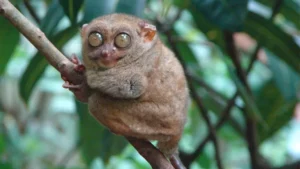

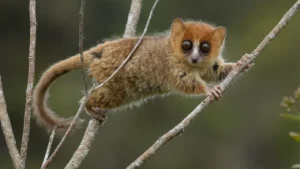


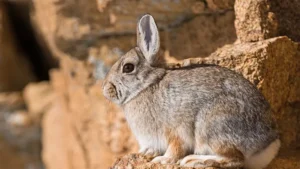


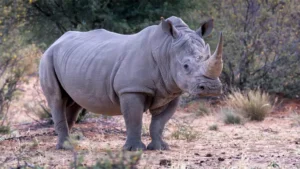
Leave your comment